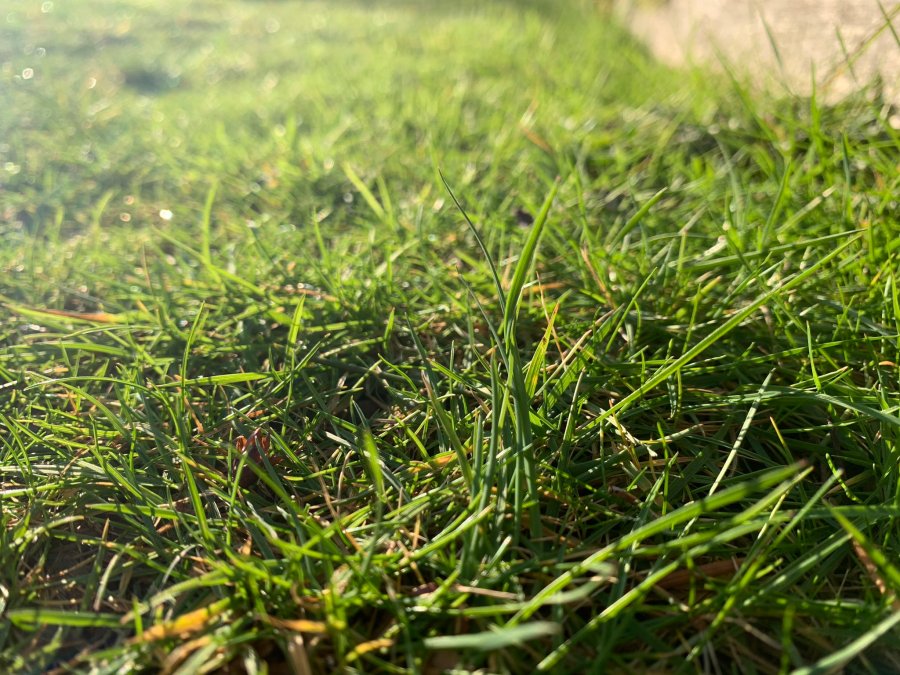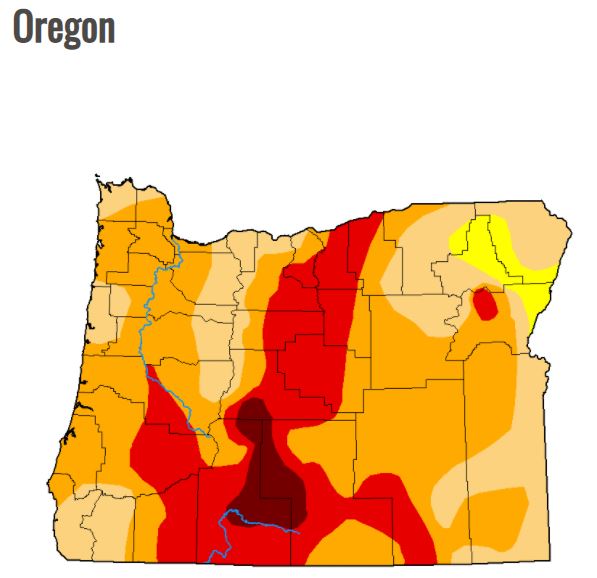PORTLAND, Ore. (KOIN) – With school coming to a close and the summer starting, the weather is ready to warm up and dry out.
The summer around here doesn’t bring much rain around our parts (cowboy accent).
We have a drastic drop off from the spring season, which allows for you to go camping and to visit all the fun lakes around here. You may even just spend your time at the local park or around the house trying to stay cool from the summer sun. Well, when it comes to rain, you could say the grand finale of the rainy months in the Pacific Northwest (PNW) isn’t quite a robust finale. We are more of a grand entry to the water season and we fizzle off near the start of the summer.
MAKE SURE TO WATCH THE VIDEO ABOVE BEFORE CONTINUING

Have you noticed how dry it has been this spring? Have your parents talked about the yard starting to need water? Have you seen any sprinklers out?
Eventually, the green shades that make Oregon and Washington our favorite places to live and play will turn brown or go dormant (temporarily goes to sleep). This is to help preserve the nutrients and water. When the grass starts to transition to brown, you know that summer has arrived. You have to really take care of the grass with sprinklers at night or in the early morning to keep the grass from transitioning to a stage that feels more like hay.

You may notice that the flowers start to wilt, becoming droopy, or they may start shedding some of the petals. This is a sign that they need water, which is something we have severely missed out on this spring and it is naturally dry in the summer. Just like grass, the best way to manage flowers in the summer is to water them early in the morning or late in the day. The stress of heat and the lower relative humidity is what hurts the vegetation around here.
DRY SPRING, DRY SUMMER = WATER PROBLEMS


The photo above is a view of Lake Oroville, a lake in northern California. The view of that lake comes from late May, but it hasn’t improved in early June. The photo is very compelling because it also shows the destruction of a wildfire that occurred in the summer of 2020. Conditions have been so dry, as you learned from Chief Meteorologist Natasha Stenbock’s video, that the lakes and dams up and down the west coast, are struggling mightily. Not only does the lack of rain bring in early vegetation hardships, but the lack of rain this spring also ignites a bed of issues for agriculture, recreation and daily water consumption. A lot of the lakes that we use for recreation have extremely low water levels, which is tough for boats and limits the use of that water for our yards. Below is a photo of the Iron Gate Dam, which is astonishingly low, found across the border in northern California.

DROUGHT CONDITIONS
Continuing our summer as normal can be tough when July and August come around. When we have drought conditions, the impact from community to community may be different. You may be practicing baseball on dry fields, you may go camping less because of fire dangers, you may notice that the grass has gone brown and the flowers will have to wait until fall. We have to be diligent (attentive and careful) as a state, we have to make sure we don’t over consume water, we have to protect our land. It’s a time to come together and you will learn that teamwork really helps as a kid!
DROUGHT: A period of abnormally dry weather.
The state is dealing with a drought from one corner to the other. Many locations in central Oregon and even farther south in the Willamette Valley are dealing with an extreme drought (red). If you cycle through the photos, you’ll find each category of drought in Oregon. They all bring different hurdles and concerns heading into the summer.
Why is June important?
The month of June truly is our last great hope for rain. June, on average, brings a little less than 1.5 inches of rain to Portland and areas of the Willamette Valley. It is the month that carries us from spring to summer. When July comes around, the faucet turns off and the rain is put on the backburner for a few months. If we want to improve our conditions for the summer, we need more last minute rain.
Have you heard of a rain dance? Now is the time to boogie down and dance for rain.

